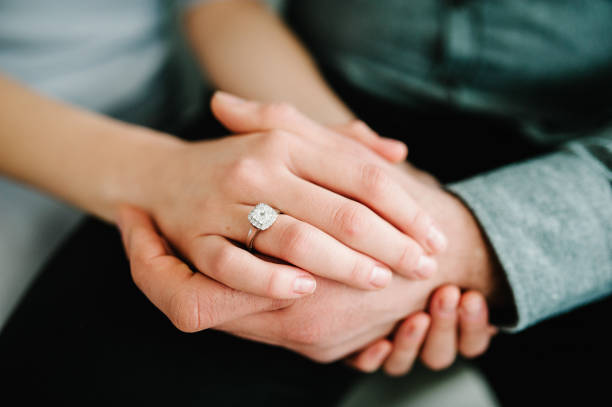Different types of sarees popular in India
Sarees are a type of fabric that is woven and dyed before being sewn together. The word sari is derived from “Sar” (meaning to fold in half) and “Ri” (meaning piece). Sarees are a traditional dress worn in India and are a must-have for every woman. Sarees are usually made with a cotton fabric and are embroidered with different designs and motifs. Sarees are usually worn by women on special occasions like weddings, festivals and other events. The design and fabric of a saree can be changed as per the occasion.
Sarees can be made in a variety of styles. Some of the most popular sarees are the Chikankari, the Bandhani, the Chanderi and the Banarasi. Sarees are usually worn by Indian women and can be very expensive. The cost of a saree can vary from $100 to $5000!
Sarees are a symbol of Indian culture and heritage and are considered a unique and traditional dress. Sarees have a variety of designs and motifs and are embroidered with a variety of colors and fabrics.
Banarasi sarees originate from the Mughal Era and are known to be the cream of the crop. These six yards of sheer grace originate from the handlooms of Varanasi, formerly known as Banaras. These are made out of one of the most authentic silks clubbed with some heavy zari work in either golden or silver colour. Graceful Indian motifs are woven on this signifying royalty that the Indian heritage holds. The designs are first drawn on a graph paper and then imprinted on the punch cards.
The varieties of Banarasi silk saree include - Katan (pure silk,) Kora (organza with zari and silk,) Georgette, and Shattir. These are classified according to the design as - Jamdani, Jangla, Tanchoi, Vaskat, Cutwork, Tissue, and Butidar.
It is said that the original Banarasi saree has 5600 thread wires
Kanjiveram sarees originate from a small village Kanchipuram, Tamil Nadu, India. Pure mulberry silk is used to handloom these sarees. The yarns are first dipped in rice water and then sun dried. The threads are then twinned with zari. These sarees are extremely heavy with the kind of embroidery that goes in. there are various patterns that are used.
These were originally 9 yards of elegance, but with evolving fashion, they’re cut down to 6 as well.
Kanchipuram sarees are made in silk, kora silk or cotton-silk as well as cotton (known as Kanchi Cotton sarees)
Paithani is a Maharashtrian style saree. It was first founded in Paithan, a town in Aurangabad district of Maharashtra. It is a rick fabric that employs pure silk threads strongly handwoven with silver zari threads. It is widely renowned for its oblique square and peacock design. It is an offering of Indian heritage with rich designs closely woven into the fabric. To own a Paithani in India is like owning treasure.
It is woven out of pure silk fabric to get the desired look for the perfect occasion. There are three types of silk threads that are used in order to make a paithani:
· Charkha: This is widely used. It is cheap, dull and uneven.
· Ciddle-Gatta: Fine quality silk, thin shear, shiny, smooth and even.
· China silk: Very expensive to use.




Comments
Post a Comment